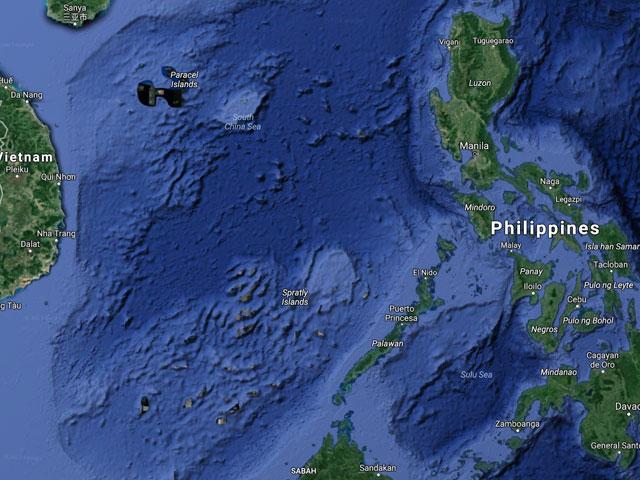Navigating Names: DFA Chief Manalo's Bold Move to Standardize Philippine Claims in the West Philippine Sea

"Navigating Names: DFA Chief Manalo's Bold Move to Standardize Philippine Claims in the West Philippine Sea"
In a decisive move that underscores the intricate geopolitics of Southeast Asia, outgoing Foreign Secretary Enrique Manalo has signed a resolution advocating for the adoption of standardized names for the islands and features claimed by the Philippines in the West Philippine Sea. This strategic initiative, encapsulated in the National Maritime Council (NMC) Resolution No. 002 (2025), seeks to establish a uniform set of Philippine names for 131 features within the Kalayaan Island Group (KIG), a cluster of islands internationally recognized as the Spratlys.
Manalo's action, one of his final as the Department of Foreign Affairs (DFA) Chief before his tenure concludes on June 30, reflects a broader effort to assert Philippine sovereignty in a region fraught with overlapping territorial claims. As he prepares to transition back to his role as Manila's envoy to the United Nations in New York, Manalo's legacy will be carried forward by Ma. Theresa Lazaro, the current Undersecretary for Bilateral Relations and ASEAN, who will step into the role of DFA Chief.
The Kalayaan Island Group, which the Philippines administratively considers a municipality of Palawan province, is a focal point of contention in the South China Sea. This vast maritime expanse is claimed in whole or in part by six coastal nations, each assigning their own nomenclature to the disputed territories, thereby contributing to international confusion and diplomatic tensions. Historically, the Philippines has taken steps to assert its territorial nomenclature, beginning with an administrative order by former President Benigno Aquino III in 2012, which officially designated the western maritime areas of the archipelago as the West Philippine Sea.
In a bid to further consolidate its maritime claims, President Ferdinand Marcos issued an executive order in 2024, establishing the National Maritime Council. This body is tasked with formulating cohesive policies and strategies aimed at enhancing maritime security and domain awareness. Chaired by Executive Secretary Lucas Bersamin, the council's membership includes key figures such as the Secretaries of National Defense, Foreign Affairs, Agriculture, Energy, Environment, and the National Security Adviser.
The move to standardize names is not merely a matter of semantics but a strategic maneuver in the broader geopolitical chess game. By establishing a consistent naming convention, the Philippines aims to fortify its claims and streamline international recognition of its territorial boundaries. This effort is particularly significant in light of the ongoing disputes in the South China Sea, where the interplay of national interests and international law continues to challenge regional stability.
As the Philippines navigates these turbulent waters, the decision to adopt standardized names for its claimed territories represents a crucial step in asserting its sovereignty and clarifying its position on the world stage. This initiative, spearheaded by Manalo and supported by the newly formed National Maritime Council, underscores the nation's commitment to a coordinated and effective maritime policy that aligns with its national interests and international obligations.
In the coming months, as Ma. Theresa Lazaro assumes her new role, the Philippines will continue to face the complex dynamics of regional diplomacy. Yet, with a unified approach to its maritime claims, the nation stands poised to navigate the challenges ahead with clarity and resolve, reinforcing its presence in the contested waters of the West Philippine Sea.
🔮 Fortellr Predicts
Confidence: 75%
The decision by DFA Chief Enrique Manalo to standardize Philippine names for the features in the West Philippine Sea (WPS) is poised to have notable geopolitical ramifications. In the immediate future, this move will likely reinforce nationalistic sentiments within the Philippines and galvanize support for other policy measures asserting sovereignty over disputed territories. Economically, the move is unlikely to spark direct market changes due to its primarily symbolic nature. However, diplomatic friction with China could escalate. Since China has historically responded unequivocally to actions it views as challenges to its expansive sea claims, a formal protest or heightened military activities in the disputed region could ensue. Over the medium and long term, this standardization may affect ASEAN dynamics and the Philippines' relationship with regional partners, influencing future negotiations on the South China Sea Code of Conduct. The sustained assertion of sovereignty through such non-military measures might encourage other Southeast Asian countries to adopt similar methods, potentially leading to a re-drawing of the diplomatic landscape in Southeast Asia.